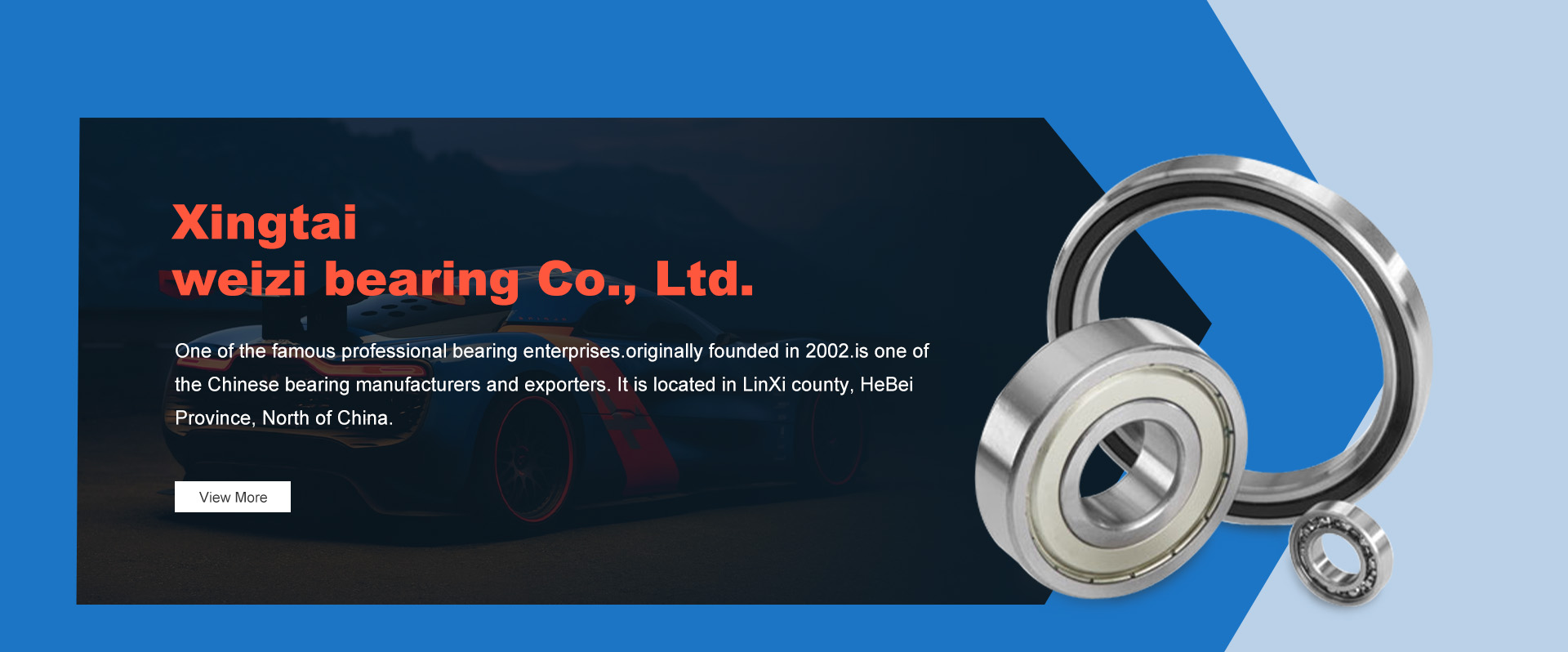
Aug . 09, 2024 06:05 Back to list
Comparing 25x20x52mm Bearings for Optimal Performance in Mechanical Applications
Understanding the 25 * 52 * 15 mm Bearing Specifications, Applications, and Importance
Bearings are essential mechanical components that facilitate the smooth rotation and movement of machines, reducing friction between moving parts. The 25 * 52 * 15 mm bearing is a specific type of bearing that has distinctive measurements and applications in industrial and engineering contexts. Understanding its specifications, functionality, and importance can provide insights into its critical role in machinery.
Specifications
The designation 25 * 52 * 15 mm refers to the dimensions of the bearing, which are crucial for fitting and performance. The first set of numbers, 25 mm, represents the inner diameter of the bearing, while 52 mm denotes the outer diameter, and 15 mm indicates the width. These measurements ensure that the bearing fits well within the designated assembly space of various machinery.
Additionally, these bearings are typically made from high-strength materials such as stainless steel or special alloys that provide durability and resistance to wear. They may also incorporate various types of seals and lubricants to enhance their performance, especially in challenging environments where contaminants might pose a risk.
Functionality
The primary function of the 25 * 52 * 15 mm bearing is to support rotations and reduce friction in moving components. This particular bearing type can accommodate radial loads and axial loads, making it versatile for numerous applications. The precision engineering of its internal components allows for efficient force distribution, ensuring that the connected parts operate smoothly.
These bearings often use rolling elements, such as balls or cylindrical rollers, which roll between inner and outer rings. This rolling action significantly minimizes friction compared to sliding bearings, leading to improved energy efficiency and reduced wear over time.
25 * 52 * 15 mm bearing

Applications
The 25 * 52 * 15 mm bearing finds applications across various industries
. In automotive engineering, it is commonly used in wheel hubs, gearboxes, and electric motors. The reliability of these bearings is critical, as they contribute to the overall safety and performance of vehicles.Additionally, the manufacturing sector utilizes these bearings in conveyor systems, robotics, and machinery for processing goods. Their robustness and adaptability make them ideal for heavy machinery operations, where heavy loads and continuous use are standard.
In the electrical industry, these bearings are often found in electric motors and generators, where their ability to withstand high speeds and loads is particularly valuable. In such instances, they ensure that equipment operates efficiently, reducing downtime and maintenance costs.
Importance
The significance of the 25 * 52 * 15 mm bearing extends beyond its physical dimensions. As a component that ensures smooth operation, it plays a vital role in enhancing the longevity and reliability of machinery. Properly functioning bearings lead to higher efficiency, which, in turn, boosts productivity in industrial settings.
Furthermore, the incorporation of advanced materials and design innovations in these bearings continues to evolve. New technologies, such as hybrid bearings or those with enhanced lubrication systems, are being developed to meet the demands of modern applications, which require ever-greater performance and efficiency.
In conclusion, the 25 * 52 * 15 mm bearing exemplifies the vital role that bearings play in machinery and equipment across various industries. Understanding its specifications, functions, and applications helps emphasize the importance of these seemingly simple components in ensuring the seamless operation of complex systems. As technology continues to advance, the bearing industry will likely see further innovations that will enhance performance and expand the range of applications, ensuring the reliability and efficiency of machinery worldwide.
Latest news
-
Industrial Machine Bearings: the core hub of mechanical operation
NewsAug.06,2025
-
Deep Groove Ball Bearing: A Dynamic "Elf" Operating Mechanically
NewsAug.06,2025
-
Compact craftsmanship: the way to optimize the space of Concrete Mixer Bearings
NewsAug.06,2025
-
Combine Harvester Bearings: The 'Steel Backbone' of Modern Agriculture
NewsAug.06,2025
-
Bearing Machinery: a flexible support hub for mechanical operation
NewsAug.06,2025
-
Agricultural Equipment Bearings: A Power Hub for Intensive Cultivation under Radial Space Constraints
NewsAug.06,2025
